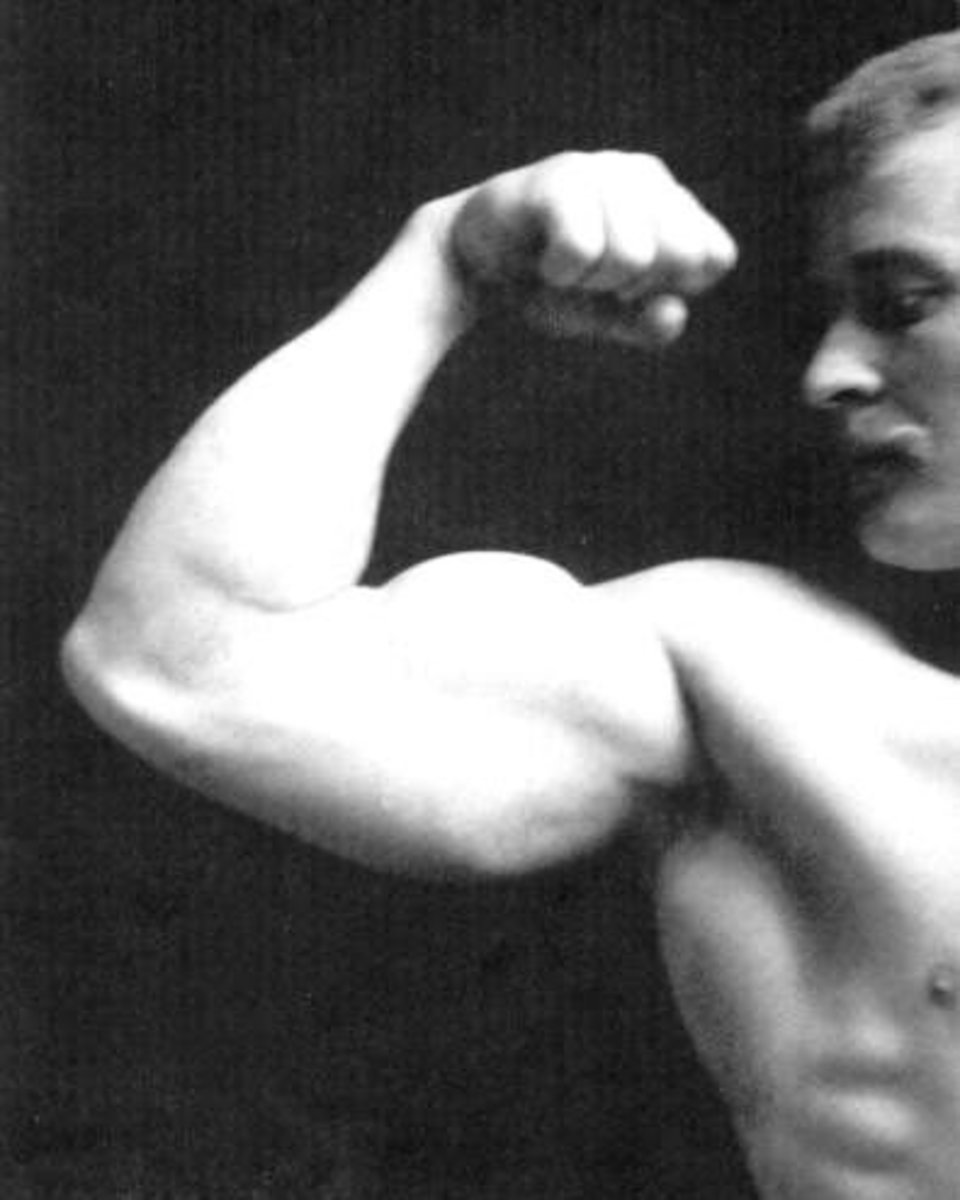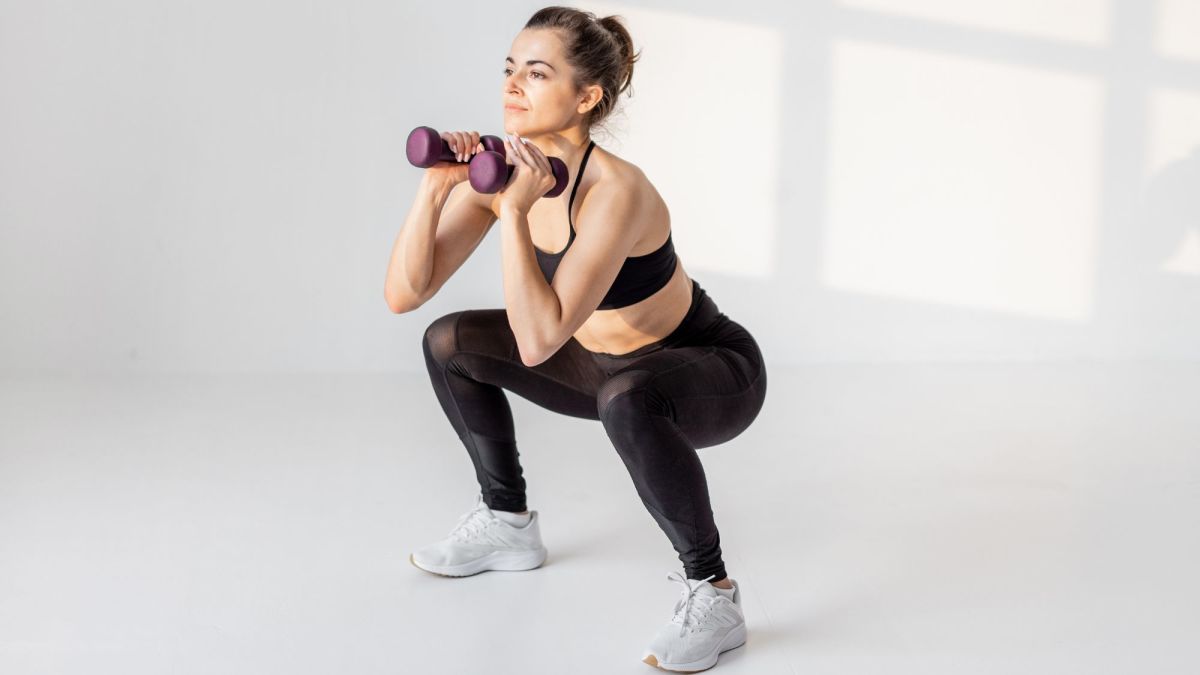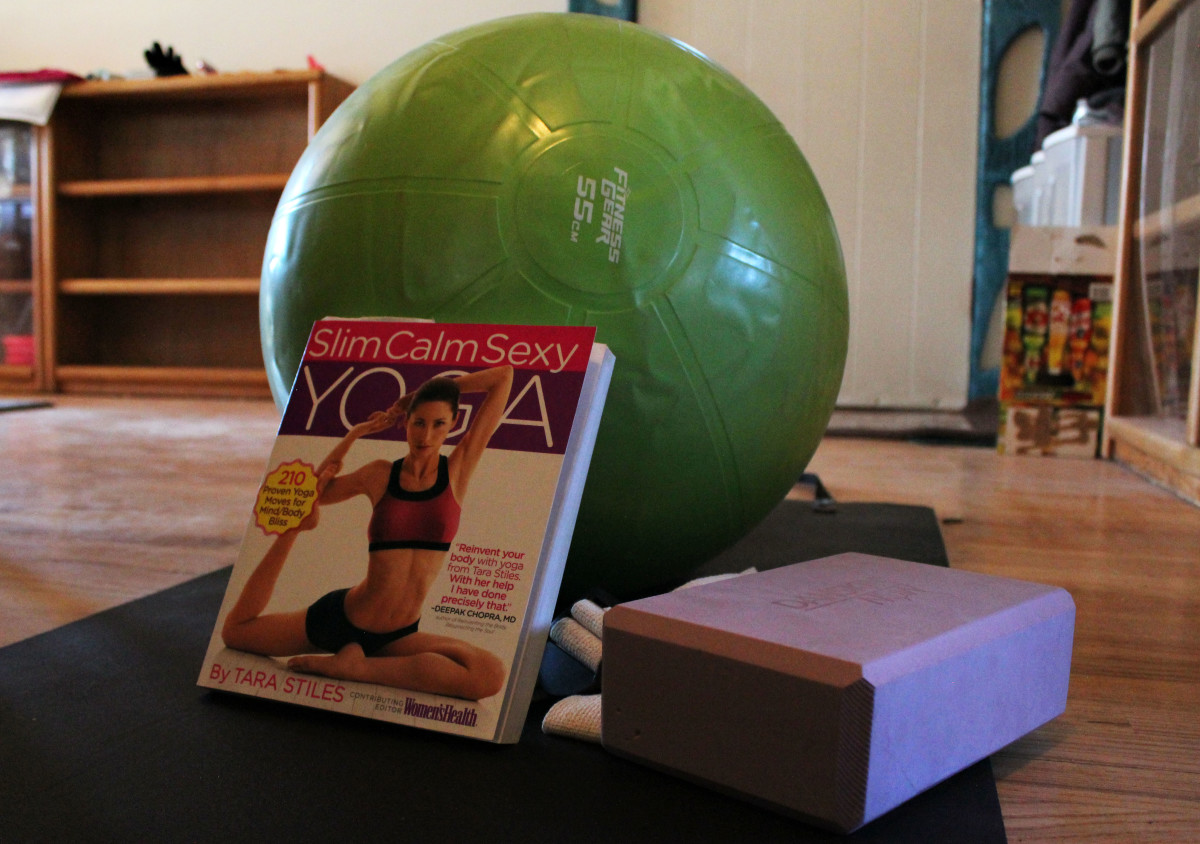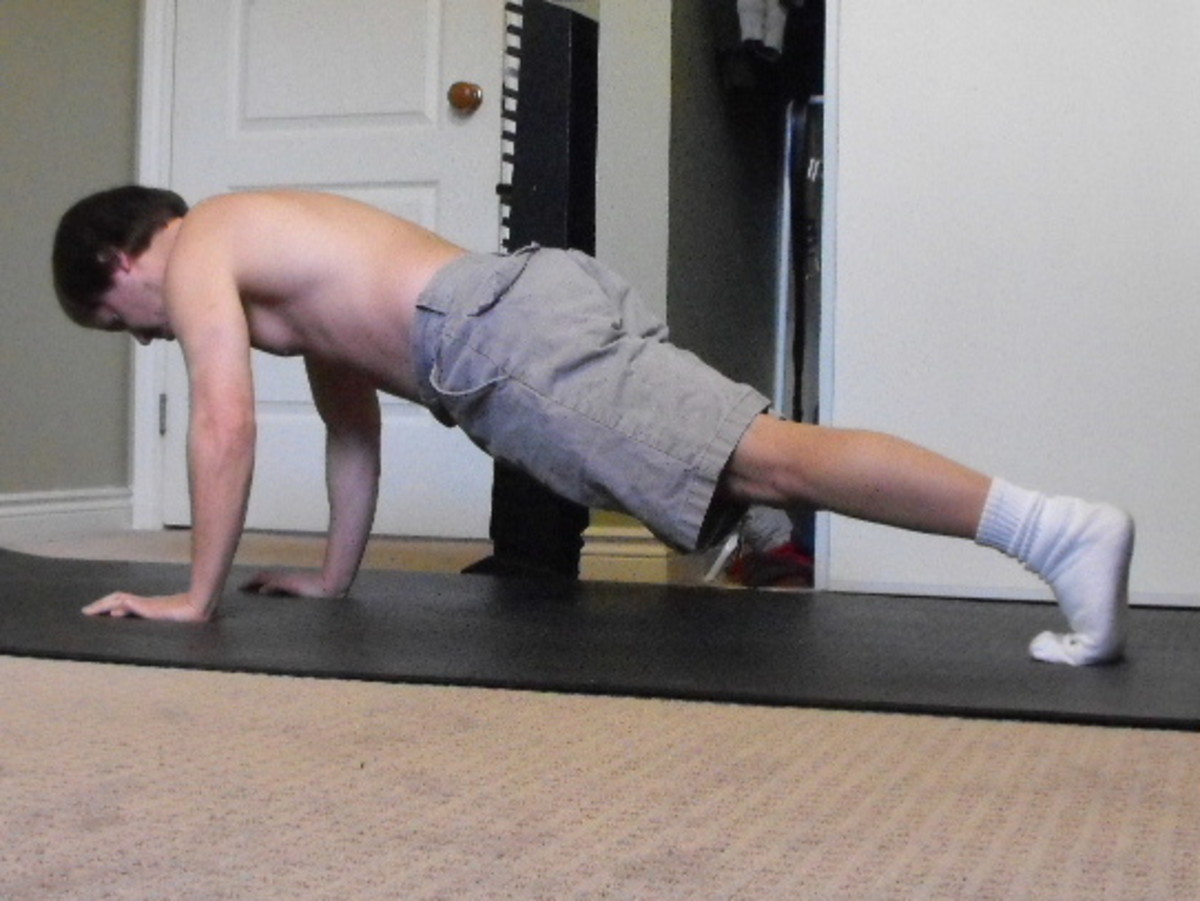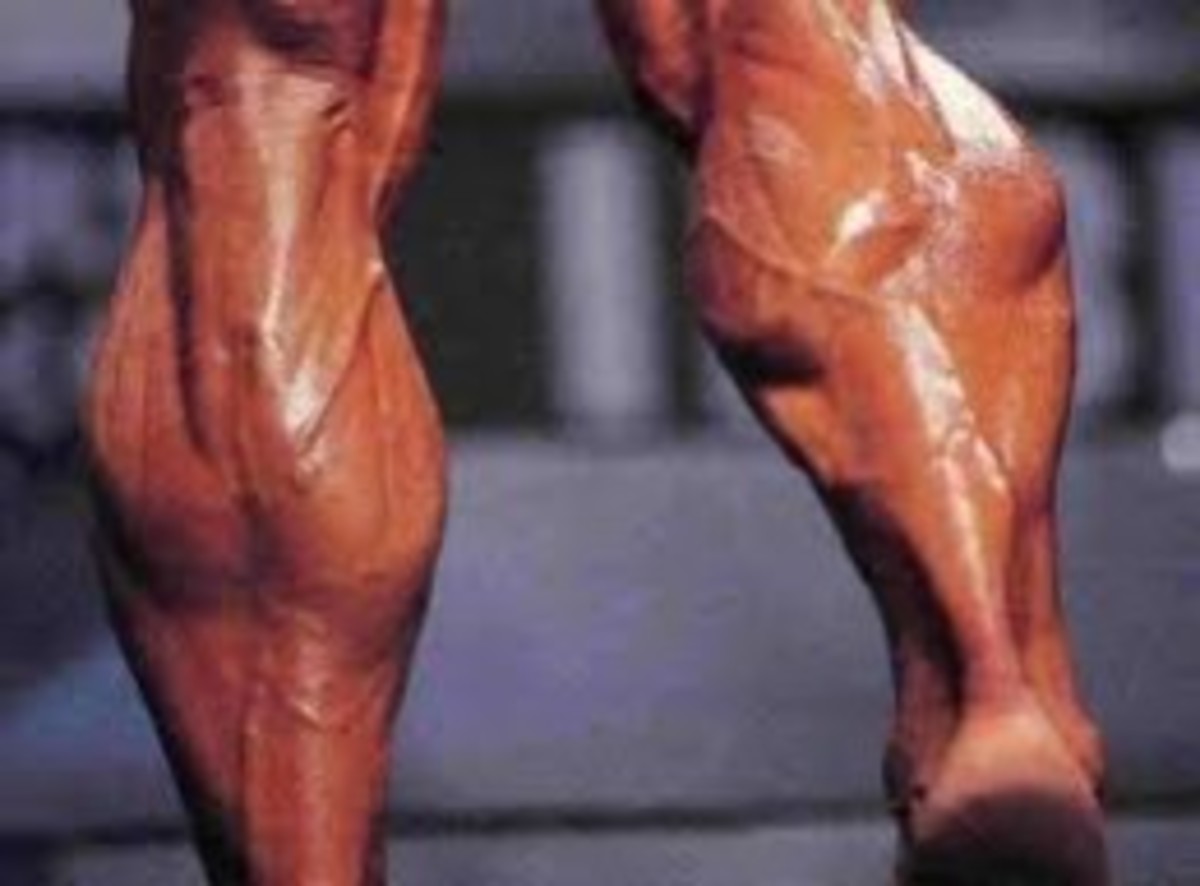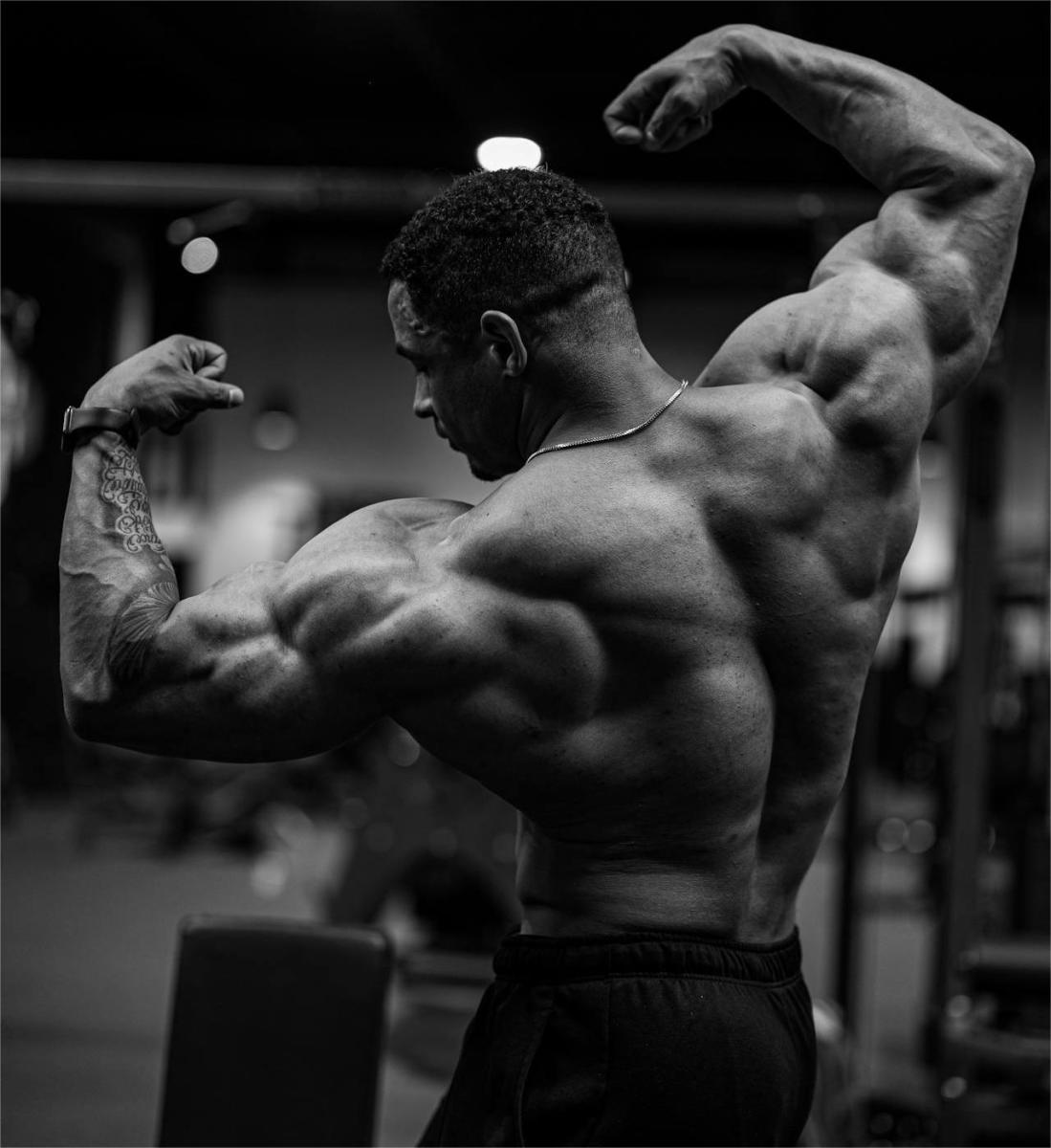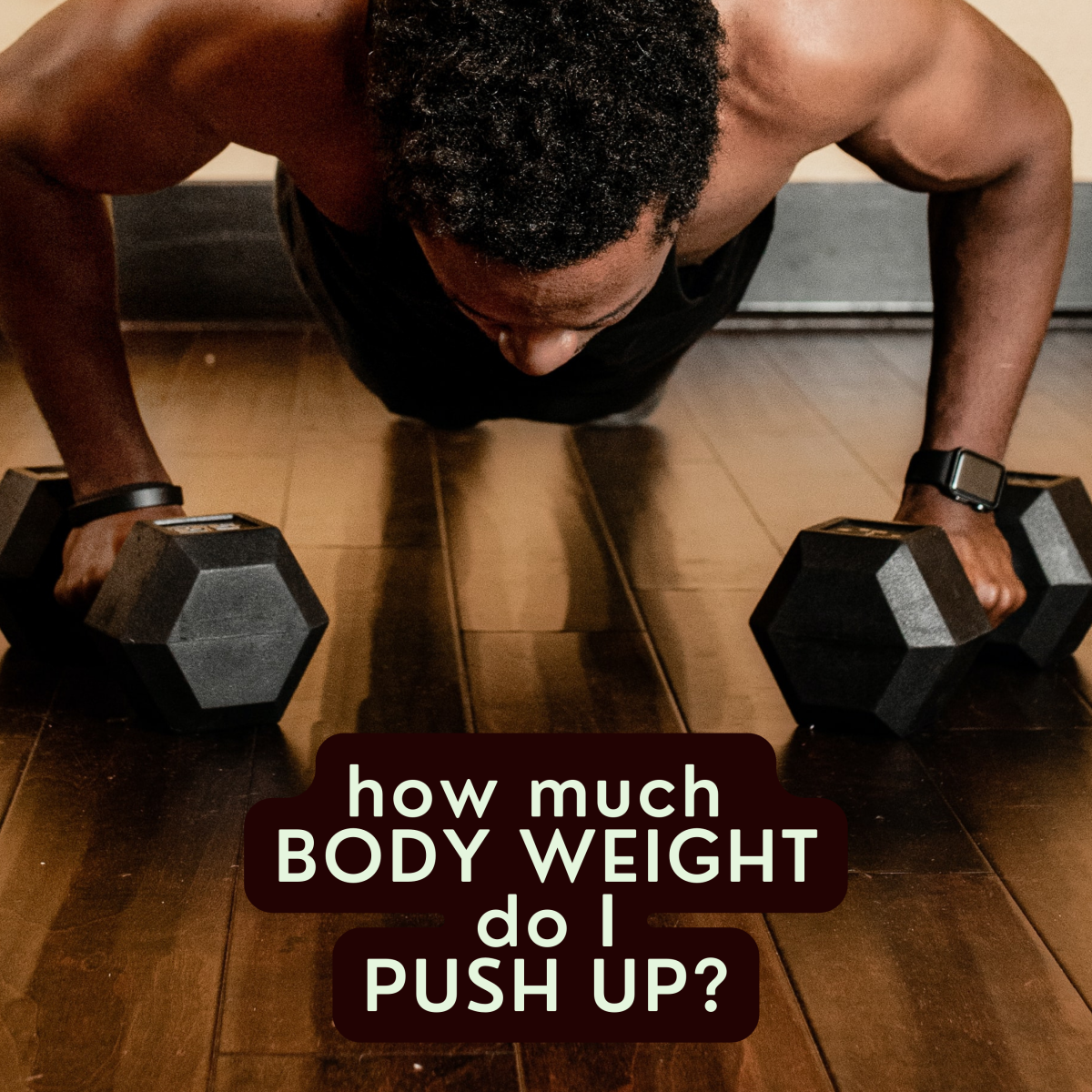- HubPages»
- Health»
- Exercise & Fitness»
- Weight Training
How to Use a Weight Vest Correctly
Overview of Weight Vests
A greater number of people are participating in plyometrics and body weight resistance exercises. The company called CrossFit is one of the leading fitness companies that incorporates body weight exercises in their program. Their program is practiced by over six thousand gyms in the United States as of 2013. A number of other programs combine plyometrics with weights and/or body weight exercises. Plyometrics are useful for building power and speed, while progressive resistance training builds strength.
One of the problems some people can run into after a while is advancement past the point where your body weight can increase your strength or speed performance. For instance, if you are able to do 30 pushups, being able to do more is only going to marginally improve your strength, it is more of an endurance exercise at that point. Proponents of body weight exercises believe they add superior "functional strength" to sports specific activities. People who prefer to use body weight exercises more than pushing and pulling barbells, dumbells, and kettlebells are going to need to add weight if they are not gaining sufficient muscular weight to continue to give them a challenge in an optimal rep range for increasing strength or speed. That gave rise to the weight vest. The rest of this article will discuss how to use the vest correctly in order to maximize progress and minimize risk of injury.
Strength
If your goal is to get as strong as a weight vest can possibly get you, then you are probably going to want a 140 lb. or 150 lb. vest. Weightvest.com makes a 150 lb. adjustable vest, and a few other companies such as MiR and ZFOsports make 140 lb. adjustable vests.
Adjustable means that the iron weights can be easily removed to the poundage you are able to handle at a given point in your training. If you have plans to work up to doing body weight type resistance exercises to the maximum weighted vest, buy one of these and start out as light as necessary.
Using this vest for certain exercises may require a small amount of additional equipment. Vests are somewhat bulky, especially the 140-150 lb. vests when fully or almost fully loaded. This can have an effect on your range of motion when doing weighted pushups. This can be remedied by stacking a few weights on top of each other where you are going to place your hands. You can also elevate your feet to the same height if you want your body to remain perfectly level.
If you plan on doing a strength regimen daily or several times a week, it is best to stick to relatively short training sessions, half an hour or less, and do not train to failure on your sets. Training to failure on a daily basis will overtax your central nervous system and result in lack of progress and even regression.
Good core strength exercises done with a vest are pushups, pullups, lunges, and incline pushups. Squats can be performed with a vest, but I would only classify them as a strength training exercise for females and perhaps teenage males. The reason being that squats will not be very challenging for most adult males using only a vest after a beginning phase of training. Most adult males will pass the 140-150 lb. additional resistance mark before too long. Since squats are performed the same way with a vest or with a barbell, it's best to do barbell squats once you outgrow the weight of the vest, if you intend to do squats as a strength, rather than endurance exercise.
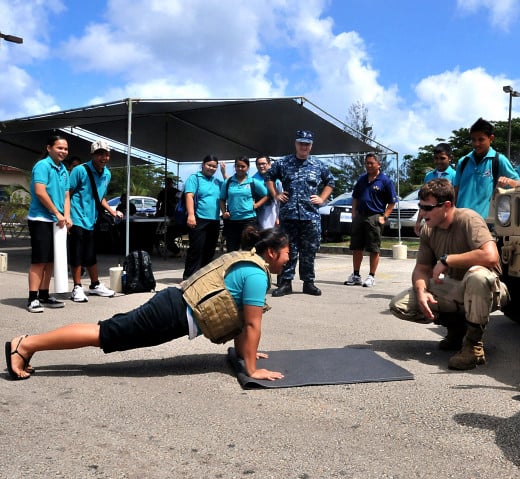
Endurance
Among the most popular endurance exercises using a weight vest are walking, jogging, squats, and stair climbing. These exercises are more high impact than the ones involved in strength training, but lower impact than speed and plyometrics. If you are using a weight vest mainly for endurance, you may want to opt for the wide, short version of the vest. Not only is it more comfortable to wear, especially for extended periods of time, when moving it is easier to fasten in place so it doesn’t bounce on your body. In addition, when squatting, it will more closely resemble a barbell squat, due to the weight being higher up on the body than with a long, narrow vest.
Speed and Plyometrics
These exercises are the highest impact. Sprinting, jumping, down ups, and platform jumping all generate far more impact than fluid pushing and pulling motions. This is when it is even more essential to have a good quality vest, as well as one that fits your body correctly. As you progress in your training, when increasing the weight on your vest, do so in even smaller increments if possible than for the strength and endurance exercises.
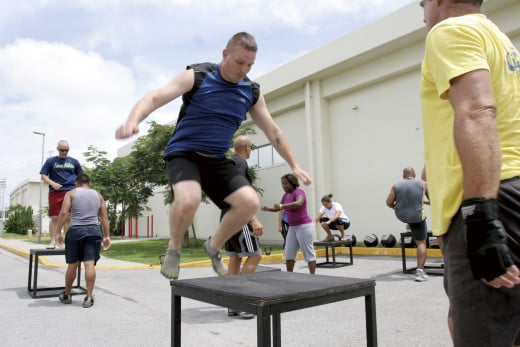
Injury Prevention
While concentrating on your goals ahead, don’t forget the safety aspects. Incorrect form, as well as increasing weight too fast due to impatience can result in injury and therefore delayed progress. Training safely and with correct form is always the fastest way to progress.
One key safety point, when beginning medium to high impact exercises, do not start out with heavy weight in the vest. Even if you are very strong for your size, high impact power training is different than strength training. High impact training and endurance requires more conditioning of the joints than is given through heavy weight training. Your joints may be conditioned to hold 500 lbs. on your back for a set of squats that take a half minute to perform. That however does not translate into your joints being able to walk with 150 lbs. on your back for several miles. Your muscles would be strong enough, but your joints need to be acclimated as well. Therefore, when first starting endurance exercises and especially sprints and plyometrics, add no more than 5% of your body weight. With your endurance exercises, you will be able to add more weight faster than with your plyometric training.
Another key point to remember is when you get to the point where you are using heavy weight on your vest, be sure your posture is able to handle the weight. Walking with heavy weight for an extended period of time with poor posture is very likely to lead to back problems.
Make sure your vest is fastened sufficiently tight to your body that it will not bounce or rub too much against your body. Bouncing can cause bruising, and excessive rubbing can cause rashes, particularly at heavy weights. At the same time, do not fasten it so tight that it restricts your breathing.



